At Angel Aviation, we believe that understanding your aircraft’s systems is just as important as mastering takeoff techniques or weather theory. Whether you’re flying a fuel-injected Cessna in Arizona or a carbureted Piper in Alaska, systems knowledge empowers you to diagnose problems, respond to emergencies, and operate safely under any condition.
If you’re prepping for your Private Pilot License (PPL) checkride, this guide will walk you through the systems and operational knowledge your DPE expects you to know — and how to apply it to real-world flying.
Why Systems & Operations Knowledge Matters at Angel Aviation
We don’t just teach you to fly the airplane — we teach you to understand it. Knowing your systems helps you anticipate malfunctions, operate more efficiently, and handle abnormal situations with calm, confident decision-making.
During your checkride, your DPE will expect you to explain how systems work, identify failure symptoms, and describe procedures to safely respond. This is one of the most practical and safety-critical areas of aviation knowledge.
Key Aircraft Systems You’ll Be Quizzed On
1. Powerplant (Engine) System
Know your engine type cold:
- Is it normally aspirated or turbocharged?
- Fuel-injected or carbureted?
- Air-cooled, horizontally opposed, four-cylinder (most likely in your trainer)?
Be able to explain:
- Engine components: magnetos, spark plugs, carburetor/fuel injection
- What happens during detonation or pre-ignition
- How to identify and respond to an engine overheat
💡 Checkride Tip: Your examiner might ask,
“What causes carburetor icing, and how do you prevent it?”
2. Fuel System
You must understand:
- How fuel moves from tank to engine
- Gravity-fed vs. fuel-pump systems
- Tank capacity (usable vs. unusable fuel)
- How to manage fuel tank selection during flight
Be able to explain:
- What to do if fuel pressure drops
- How to check for water contamination during preflight
3. Electrical System
Expect to describe:
- The alternator and battery relationship
- What happens in an alternator failure
- Essential electrical components (avionics, lights, flaps, fuel pump)
- How to manage an electrical failure in flight
Scenario You’ll Hear:
“Your alternator warning light comes on in cruise — what steps do you take?”
4. Pitot-Static System
This affects your airspeed, altimeter, and vertical speed indicators. Know:
- How each instrument works
- What happens if the pitot tube or static port is blocked
- How to detect instrument errors during flight
💡 Pro tip: Be able to explain how your standby static source works — or what to do if you don’t have one.
5. Vacuum System (if applicable)
Used to power some gyroscopic instruments. You should know:
- Which instruments are vacuum-driven (usually attitude and heading indicators)
- Normal suction range
- What happens if the vacuum pump fails
6. Flight Controls
Know:
- Primary controls (elevator, ailerons, rudder)
- Secondary controls (flaps, trim)
- How control surfaces move (cables, pulleys, pushrods)
- What happens if a control surface fails or jams
7. Landing Gear (if applicable)
If your aircraft has fixed gear, keep it simple. If retractable:
- Know how the gear system works (hydraulic vs. electric)
- Emergency extension procedures
- Gear indication lights and what they mean
Engine Instrumentation You Should Understand
Your DPE may ask:
- What does high oil temperature mean?
- What’s the difference between oil pressure and oil temperature?
- How do you monitor cylinder head temp and EGT (if installed)?
Emergency Procedures You’ll Be Asked to Explain
We train you to be ready for anything. These are go-to checkride scenarios:
- Engine failure in flight: ABCs — Airspeed, Best field, Checklist
- Electrical failure: Load-shedding, alternate communication, in-flight landing plan
- Cabin fire: Identify, isolate, extinguish, land
- Pitot/static failure: Use backup instruments, fly conservative speeds
Scenario-Based Systems Questions We Practice
We go beyond the POH. Here’s what we simulate:
- “You smell something burning in flight — what’s your immediate action?”
- “You’re getting inconsistent fuel pressure readings — what could be causing it?”
- “Your attitude indicator is slowly drifting — what does that tell you?”
- “You’re on downwind and flaps won’t extend — how does that affect landing?”
Resources Every Angel Pilot Uses
We train you with a practical, integrated approach using:
- POH Systems Section — understand your aircraft’s diagrams and descriptions
- FAA Airplane Flying Handbook (AFH) — for system behavior and emergencies
- ForeFlight — use aircraft profiles to understand systems integration
- Real aircraft — we walk through systems on the ramp during preflights
Final Checkride Prep: Think Mechanically, Fly Confidently
At Angel Aviation, we don’t just teach systems for the checkride — we teach systems for life. Whether it’s understanding the root of a vibration or troubleshooting a fuel imbalance, knowing your aircraft’s inner workings makes you a safer, smarter pilot.
Need Extra Help?
Ask your instructor for a Systems & Emergency Procedures Deep Dive, or join our next Checkride Prep Workshop, where we’ll walk through real-world systems scenarios and mock oral drills.
Train With Purpose. Fly With Confidence.
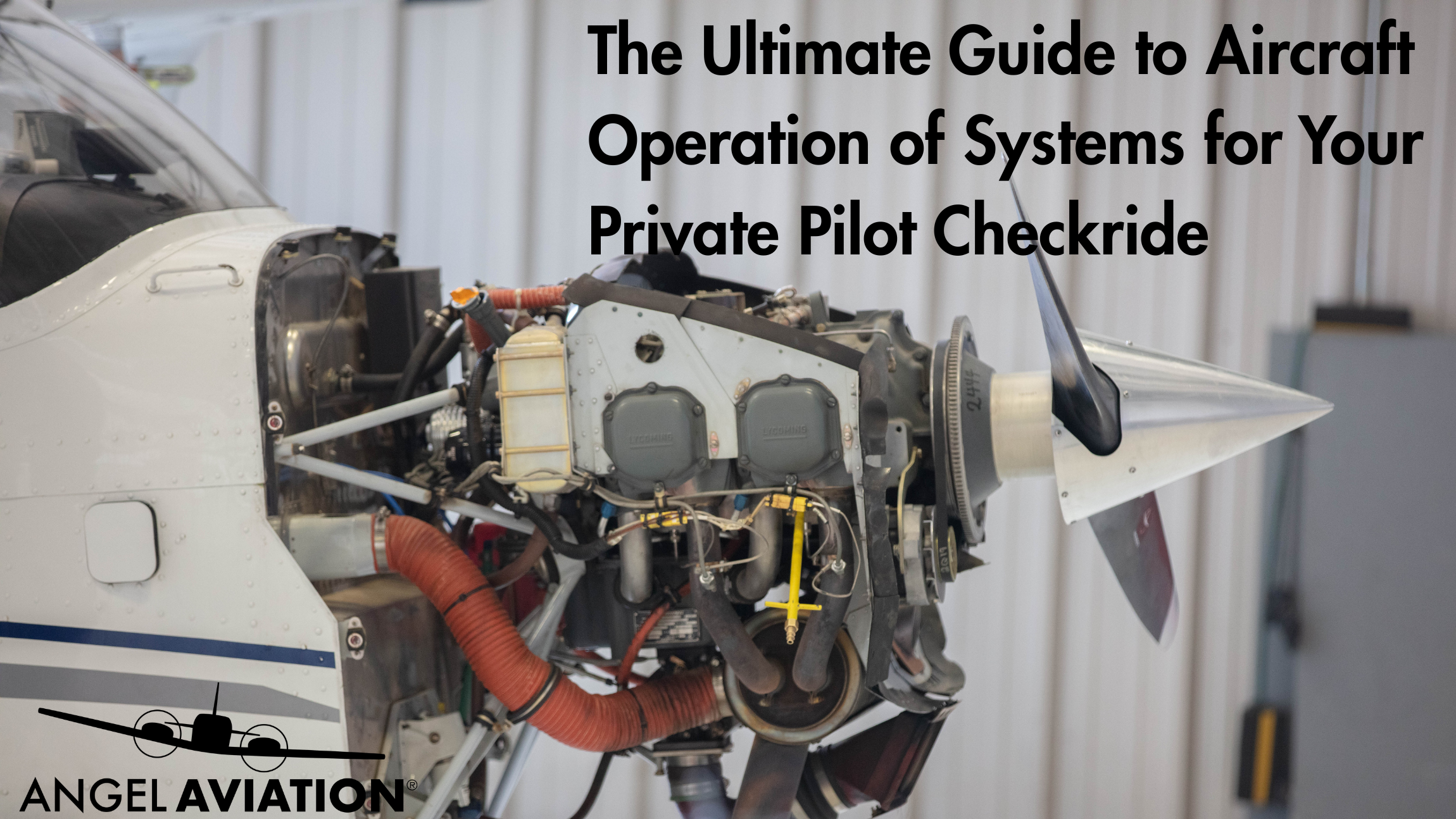
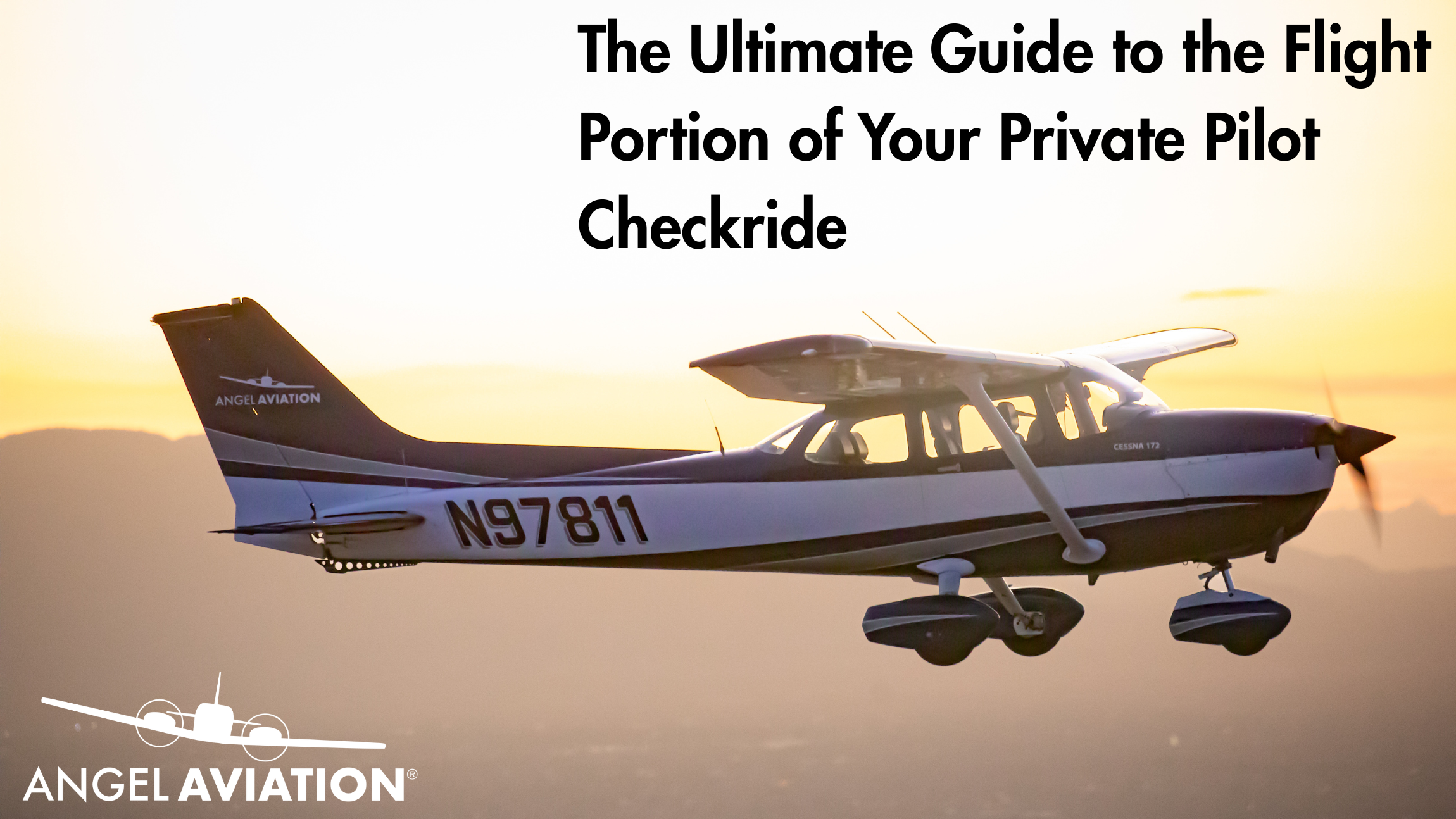
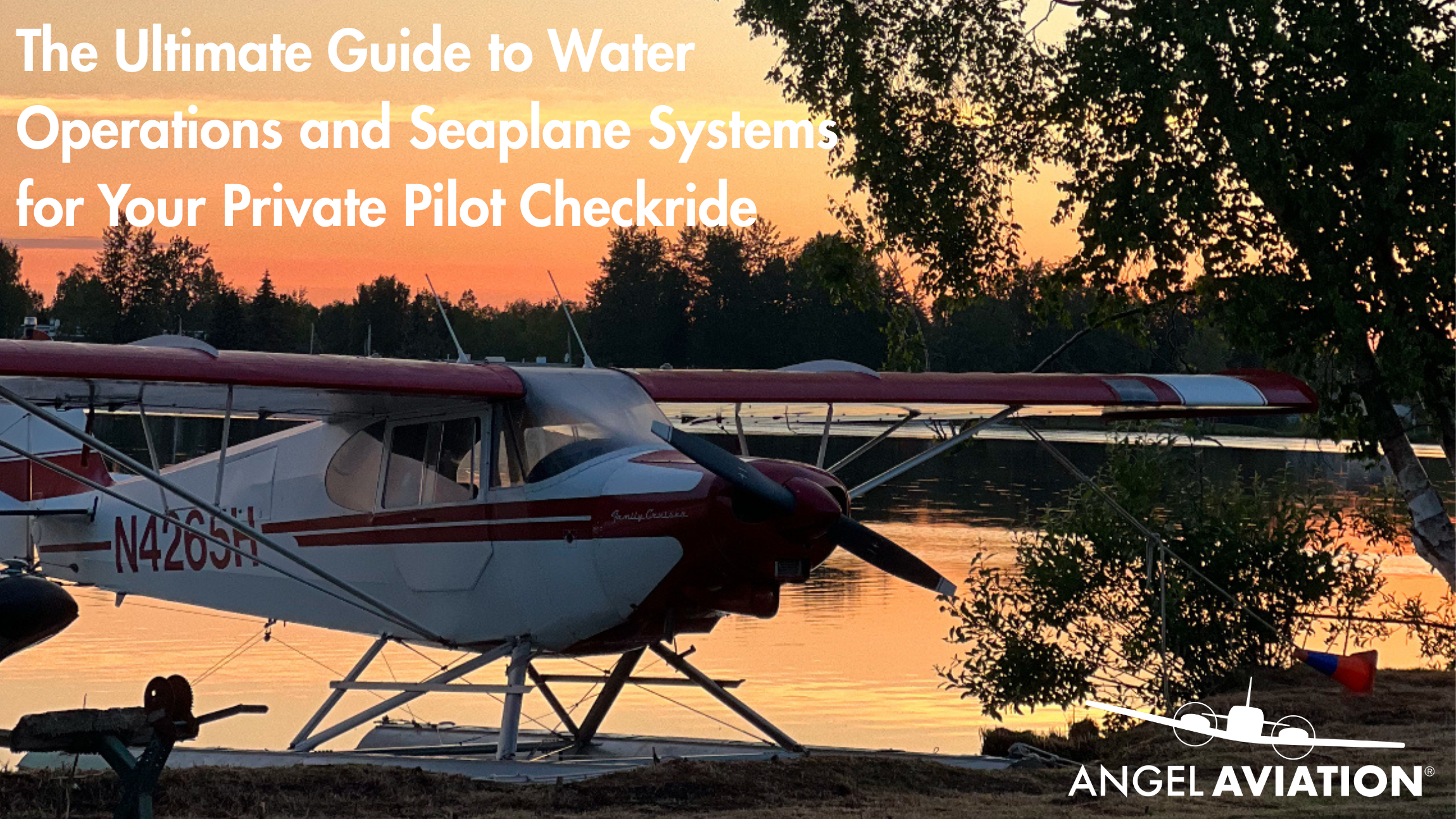

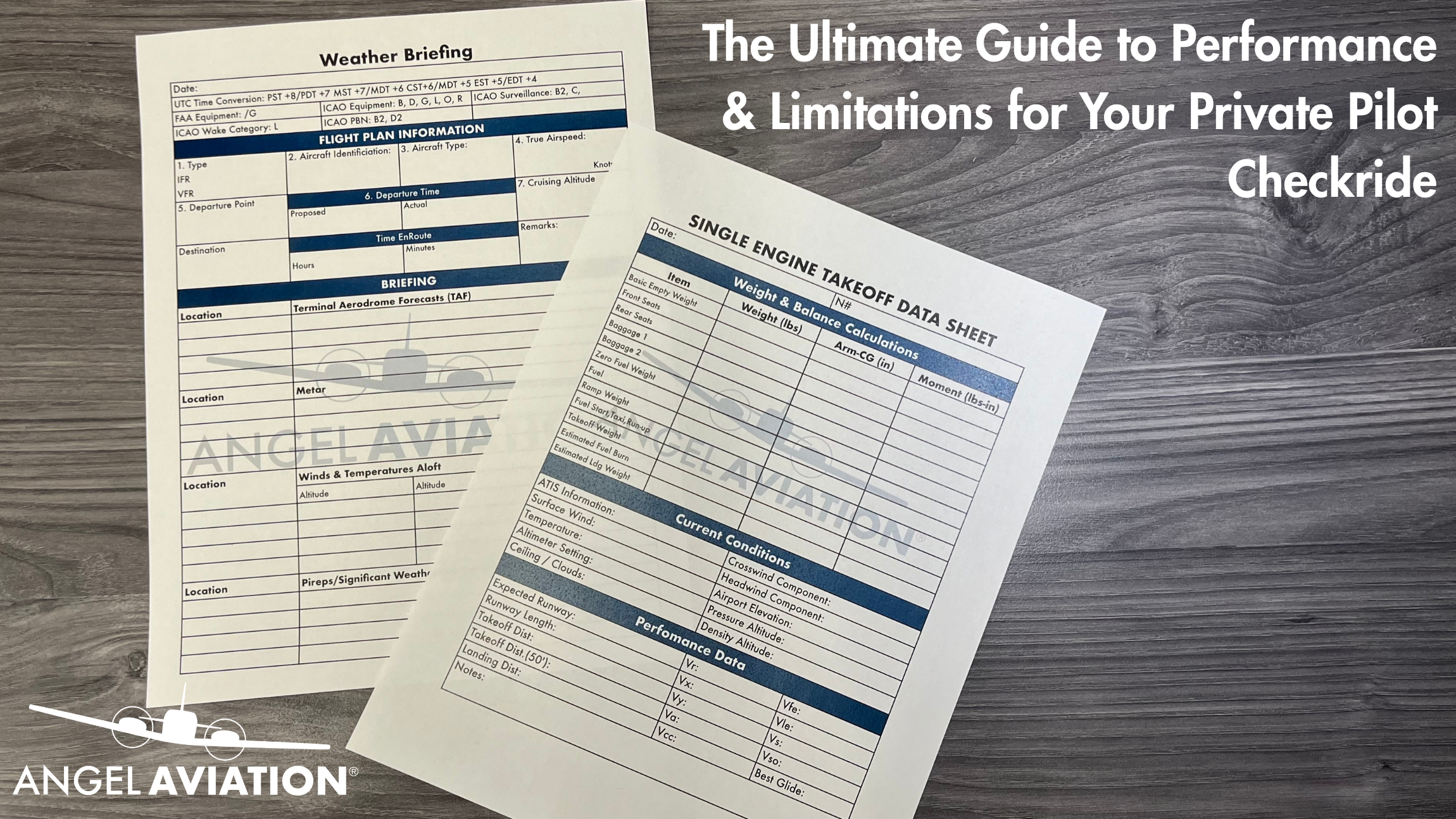
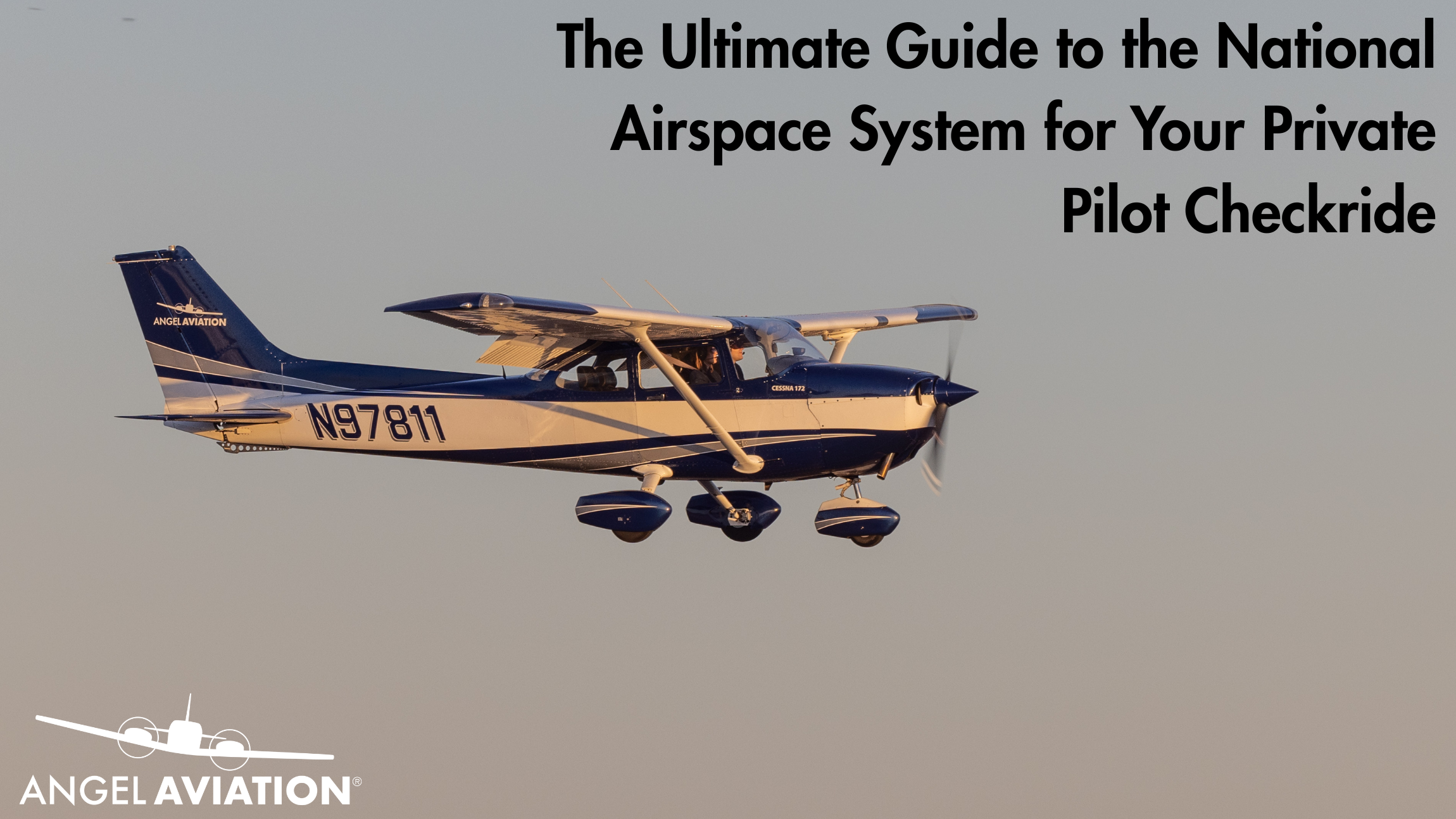
Leave A Comment